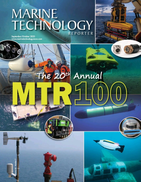Stakeholders Wary of Partial Decommissioning of Offshore Wind Farms
The earliest wind farms installed in the EU are coming to the end of their planned 20-30-year lifespans.
Current guidance, such as Article 60(3) of the United Nations Convention on the Law of the Sea and the OSPAR Commission’s Decision 98/3, indicates that decommissioning should involve the complete removal of all seabed installations. This is also specified in national law in some territories.
However, there is ongoing debate over the potential advantages of partial removal, leaving some structures on the seabed. Benefits of partial decommissioning might include reduced costs, preservation of ecosystems that have developed around artificial structures, and prevention of future activities that disturb the seabed, such as trawling or dredging.
A study conducted by researchers from Wageningen Marine Research in the Netherlands highlights the need for clear regulations and defined liabilities so that the best options for decommissioning can be considered in advance, rather than close to when it is due to take place. However, the researchers also acknowledge that today’s preferred decommissioning methods may become obsolete, and change depending on societal attitudes and ecological findings.
In the Netherlands, two offshore wind farms are due to be decommissioned in the near future: Egmond Aan Zee (by 2027) and Prinses Amalia (by 2028). Dutch legislation requires that the wind farm owner should submit a plan for decommissioning to the Dutch government, which involves leaving the site “in an equal state” to how it was beforehand.
The researchers conducted one-to-one interviews with 19 stakeholders involved in the decommissioning. These included regulatory actors, wind power industry representatives, and other users of the North Sea, including nature conservation and research groups.
The researchers report significant differences in expectations between stakeholder groups, including differences in interpretation of what full decommissioning entails, which hampers planning actions. For example, operators and contractors reported varying targets for removal depth of monopiles (between two and five meters), despite legislation explicitly stating an obligation to remove all structures to 6 meters below the seabed.
There was also uncertainty over whether complete decommissioning would also involve removal of scour protection (materials placed around monopiles on the seafloor, to protect it from erosion due to changed flow patterns).
Some stakeholders recognize the potential benefits of partial decommissioning, others have expressed concern about potentially setting a precedent and emphasize the ‘unnatural’ characteristics of these structures. Environmental groups argue that restoration of the marine environment prior to wind farm construction should be favored over ‘artificial reefs of convenience’, for instance.
The study identified 10 decision-making criteria as being most significant for respondents, divided into three categories:
Environmental: including biodiversity change, habitat alteration and nature protection potential;
Economic: including cost of decommissioning, material recycling opportunities, commercial fishery implications, and liability costs;
Social: including future access to the ocean, recreational opportunities, and political compatibility.
Within both the economic and social categories, liability costs were considered a critical issue, according to the researchers. They say that currently the attribution of liability for any loss, damage or injury due to structures left behind after partial decommissioning is unclear. Operators were unwilling to consider partial decommissioning without resolving this issue. Governments also seem unlikely to take liability responsibility, say the researchers, which would be essential for operators to revisit their position.
The researchers present five recommendations for adopting a flexible and participatory approach to decommissioning decisions. These are:
• Begin planning for decommissioning in good time;
• Integrate stakeholders throughout the process;
• Agree on what types of ecosystems settled in offshore wind farms are most ‘valuable’ or ‘desired’;
• Consider post-decommissioning issues such as responsibilities and liabilities;
• Make decisions case by case and incorporate lessons learned.
The researchers note that a shift to partial decommissioning would require legal changes that are likely to take several years. It is therefore unlikely to be an option for the two wind farms that are the focus of this study. Nonetheless, conducting pilot projects at these sites could provide the opportunity to gain on-the-ground experience to support future management decisions.

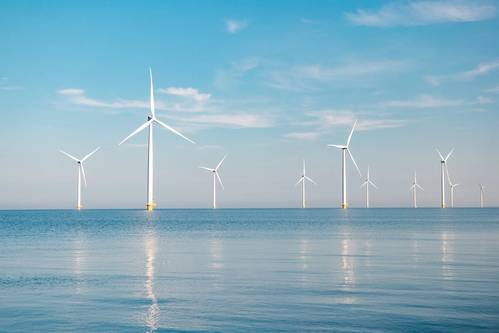
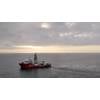

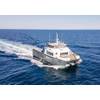

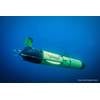
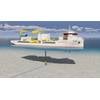





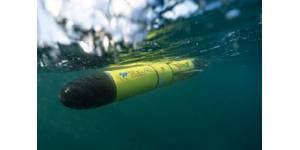
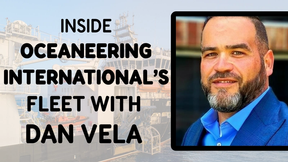
 August 2025
August 2025


